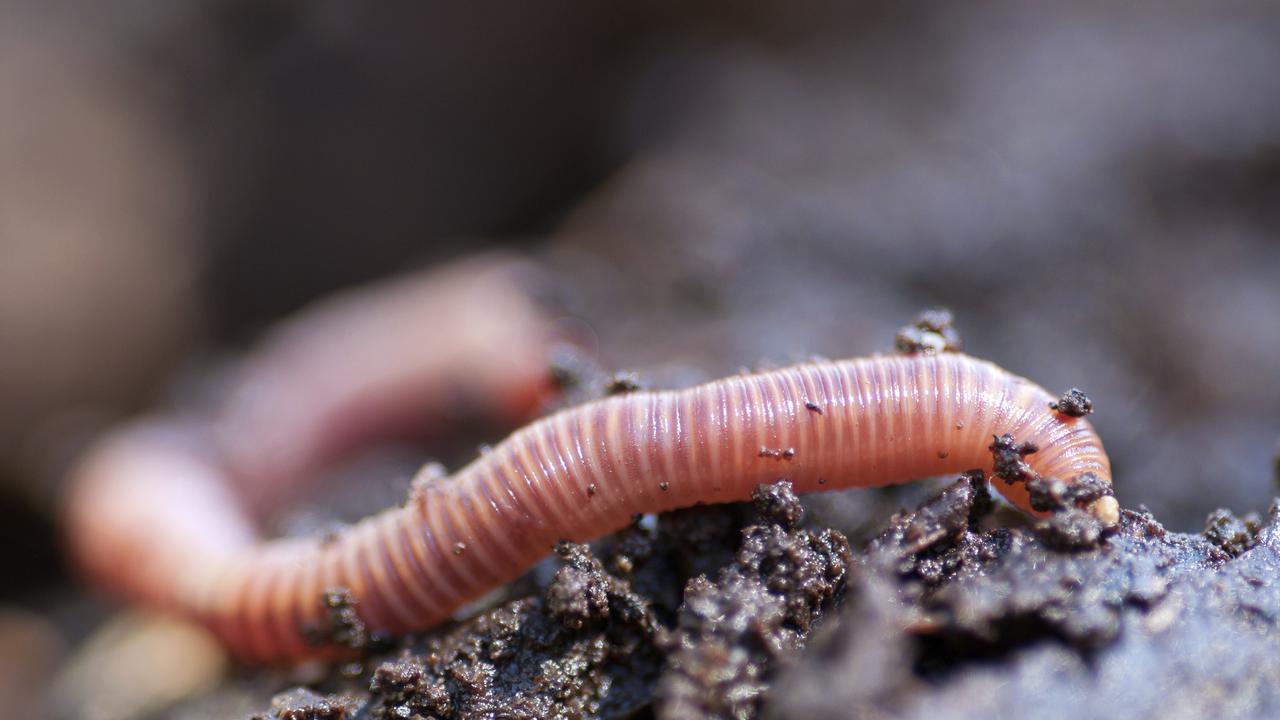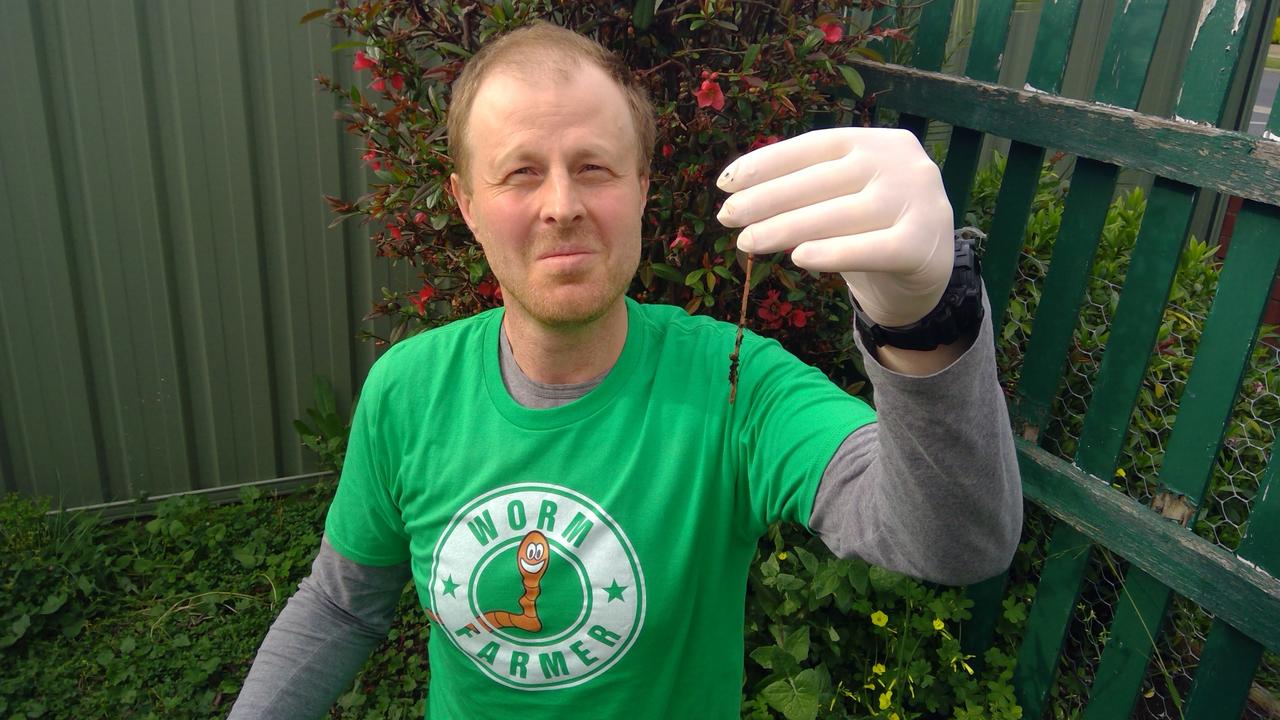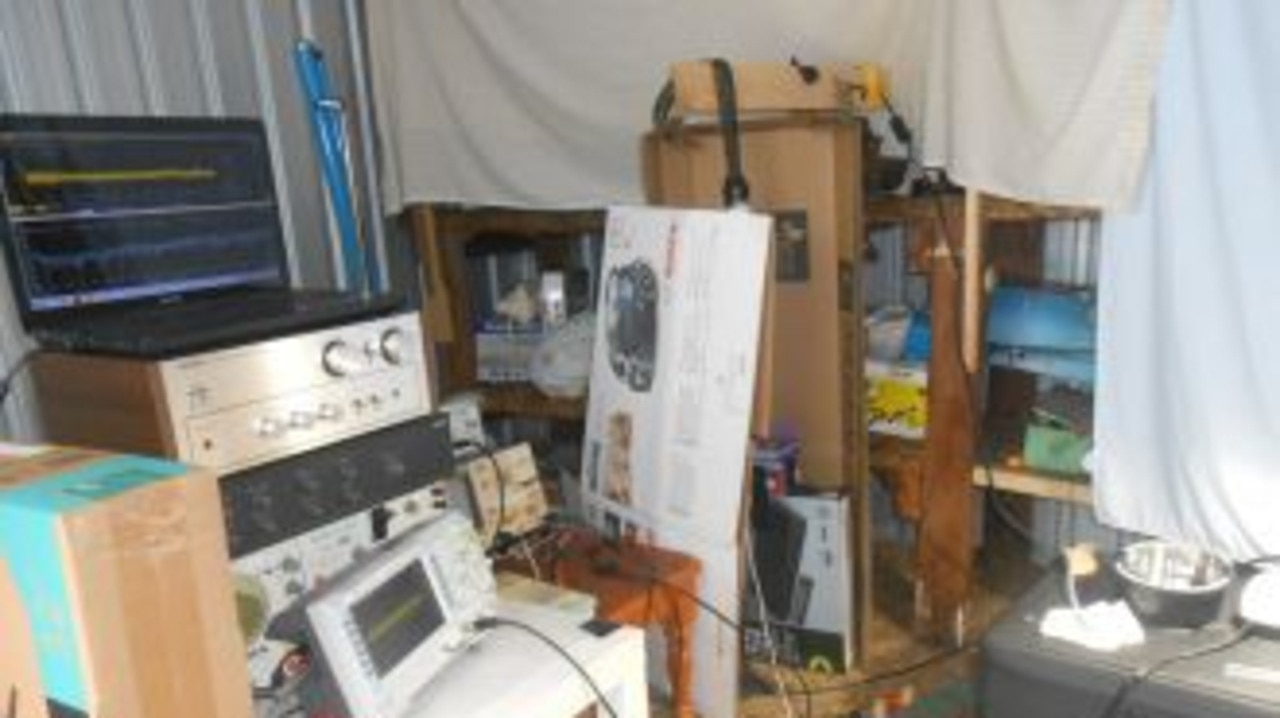How a drunk vibrating worm landed Australia a global science prize
A worm drunk on vodka and listening to tunes on a speaker in a Victorian backyard shed has led to two Aussies winning a global science prize.
Who knew vibrating a slightly inebriated earthworm on a subwoofer speaker in a backyard shed could land Australia one of the world’s most sought after science prizes.
But it did.
And it may also radically change scientists’ understanding of how the brain functions, and how to interact with it.
Harvard University has been running its global Ig Nobel Awards (for improbable research) for almost three decades with entrants told to “first make people laugh, and then make them think.”
Swinburne University of Technology researcher Dr Ivan Maksymov’s out-of-the-box (but in the shed) approach has earned him one of ten ‘Ig Nobel’ awards to be presented later this year.

Dr Maksymov worked alongside Andrey Pototsky, from the Department of mathematics at Swinburne.
As part of the study the pair tested four common species of earthworm in a bid to demonstrate that vertical vibration of living worms – lying horizontally on a fat solid surface – results in the onset of subharmonic Faraday-like body waves.
They said this is possible because earthworms have a hydrostatic skeleton with a flexible skin and a liquid-filled body cavity.
“The ability to excite nonlinear subharmonic body waves in a living organism could be used to probe, and potentially to control, important biophysical processes such as the propagation of nerve impulses, thereby opening up avenues for addressing biological questions of fundamental impact,” the research paper said.

Their work was inspired by a Danish scientist’s theory that the brain not only functions using nerved-based electric pulses, but also acousto-mechanical (or sound wave) signals.
The vibrating worm experiment in a backyard shed has also helped highlight new ways in how the brain’s function can be explored.
“I was very fortunate to join the Centre for Nanoscale BioPhotonics (CNBP) because I was inspired and encouraged to put forward ‘wild ideas’ and conducted pioneering research,” Dr Maksymov said.
“Earthworms were used because they are cheap, don’t require ethics approval, and their axons are somewhat similar to mammalian nerve fibres.

“Plus, one can easily anaesthetise a worm using vodka.”
Dr Maksymov started his work at the Centre for Nanoscale BioPhotonics, at RMIT University, where the idea to use earthworms was suggested.
Ig Nobel Awards acts as a showcase for creative and different approaches to solving serious and complicated problems.
The ceremony will take place today with the Australian science duo will receive the ‘physics prize’.
Last year Australian researchers took home the same prize for a study looking into how wombats produce cubed poo.



